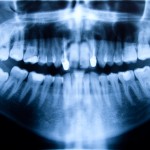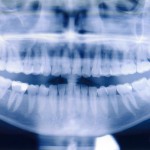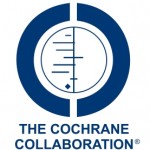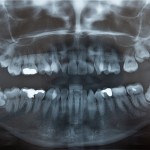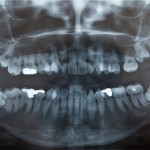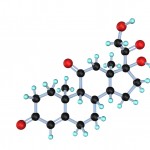
The surgical removal of third molars is a common procedure that results in varying degrees of inflammation, pain and limited mouth opening. Non-steroidal anti-inflammatories, steroids and opiates are often prescribed to alleviate these problems. This review aims to assess the impact of steroids on outcomes following third molars removal. Searches of the PubMed, Scopus, Med- [read the full story…]
